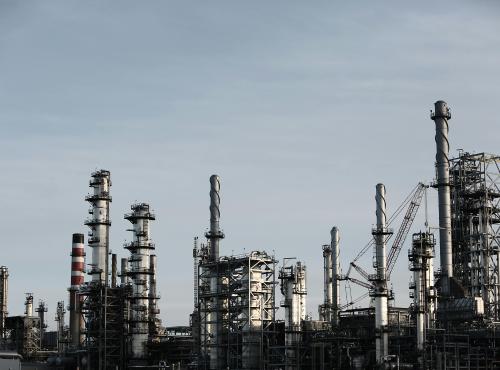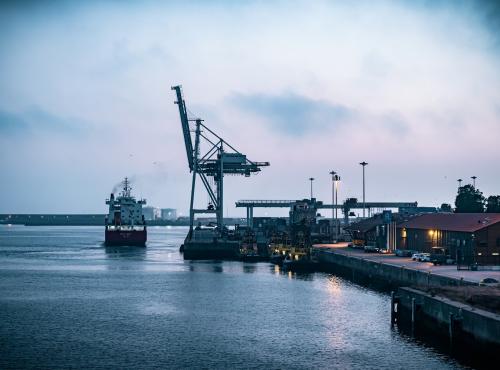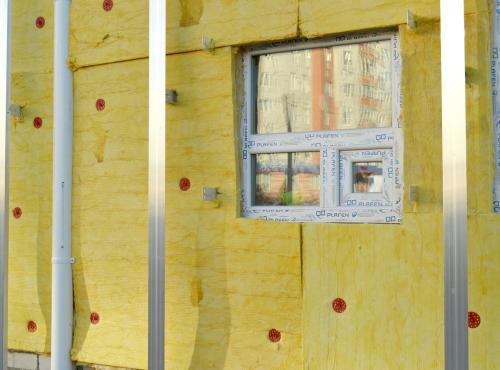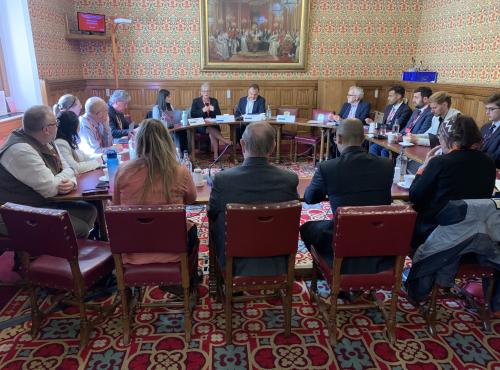With the Energy White Paper, the government promises to be promising
Just before the end of 2020, the government published its long-awaited Energy White Paper entitled Powering our Net Zero Future. It sets out how UK public policy will transform the energy sector in six key areas, including power, buildings and consumers, in order to meet net-zero emissions by 2050. Yet, whilst the government promises an energy transition, a green recovery from Covid-19 and a fair detail for consumers, it does not provide enough detail on how it will achieve this.
Although the publication of the white paper has been much welcomed by policy-makers and industry, it lacks clarity in a number of critical areas as to how the government intends to fill the existing policy gaps. The headline announcements and intentions are certainly a step in the right direction, however the requirement for further consultations to allow Westminster to make decisions on the next steps means that parliamentarians, businesses and consumers are yet again left in a holding pattern.
With heating in buildings one of the most important components of decarbonising the economy, the white paper rightly focuses on clean energy sources, efficiency improvements and a commitment to install 600,000 electric heat pumps a year by 2028. However, beyond that it leaves a lot open to further consultation, with no decisions being taken yet on some substantive questions around the role of hydrogen, a Future Homes Standard and gas grid connections for new homes.
When it comes to hydrogen, the government seems to be entertaining the idea of looking at hydrogen as an option for domestic heating and consulting on hydrogen-ready boilers. As Carbon Connect’s Uncomfortable Home Truths report argues, hydrogen has a major role to play in low-carbon heating, yet very little has been done by government to accelerate its deployment. If we are to meet our 2050 target, large-scale use of hydrogen heating (amongst other heating technologies) will be needed by 2030[1], but the white paper’s stated goal of deciding on the long-term role of hydrogen heating by the mid-2020s and a “potential” hydrogen town by 2030[2], seems insufficient if we are to match this timeline. On top of that, any clear strategic plan for the production of green hydrogen seems to be missing, which is essential to make it a carrier of carbon-neutral energy. Thus, the forthcoming Hydrogen Strategy announced in the white paper will need to include a decisive way forward on this.
Arguably even more important than the supply of clean forms of energy, is reducing the amount of energy we consume and making the best use of every kWh produced. Again, the white paper seems to be full of good intentions, but lacks in providing a clear roadmap for the next decades. Instead, it is planning for further consultation on the regulation required to improve the energy performance of homes, time which should be spent taking action as decisively as possible.
At-scale energy-efficiency upgrades of homes are required immediately to achieve the “greatly improved energy performance”[3] the government is aiming for. Yet the policies to accompany this need much further thinking. There are lessons to be learnt from the Green Homes Grant, not least to make sure those on lowest incomes are able to upgrade their homes first, and decisions on a more integrated approach to home financing and energy performance need to be made as quickly as possible. The target of “as many existing homes at EPC C or above by 2035” is neither measurable nor specific, and it could certainly be more ambitious. Additionally, the promised Future Homes Standard needs to be implemented by 2022 at the latest, both to provide clarity to consumers and businesses, as well as to accelerate our decarbonisation efforts. This timeline is entirely feasible according to evidence from our work and would help to prepare supply chains and reskilling programmes.
The apparent lack of urgency from the white paper is disappointing, as our climate is changing quickly and global greenhouse gas emissions keep rising. With COP26 approaching fast, it is time to stop asking questions and instead start providing answers to the challenges highlighted in the white paper. All eyes will be on the UK this year to set an example to the world, of which our own energy system is but a small constituent part.
Delivery of the different components of decarbonising energy requires coordinated action across central government, local authorities, businesses and households. To make decarbonisation affordable, and boost prosperity through jobs and growth, as is the white paper’s intention, a net-zero roadmap with a dedicated delivery body is required to bridge the gaps between departments, authorities, regions and people. All parts of the economy and society have a role to play in this interlinked system, which is what makes capturing it in a single, all-encompassing strategy so challenging. The Energy White Paper certainly achieves a lot by setting out some key promises and ways ahead, yet exactly how our net-zero future will be powered remains open for debate.
[1] Policy Connect, Uncomfortable Home Truths, 2019; p. 13
[2] HM Government, Energy White Paper: Powering our Net Zero Future, 2020; p. 112
[3] Ibid; p. 96



